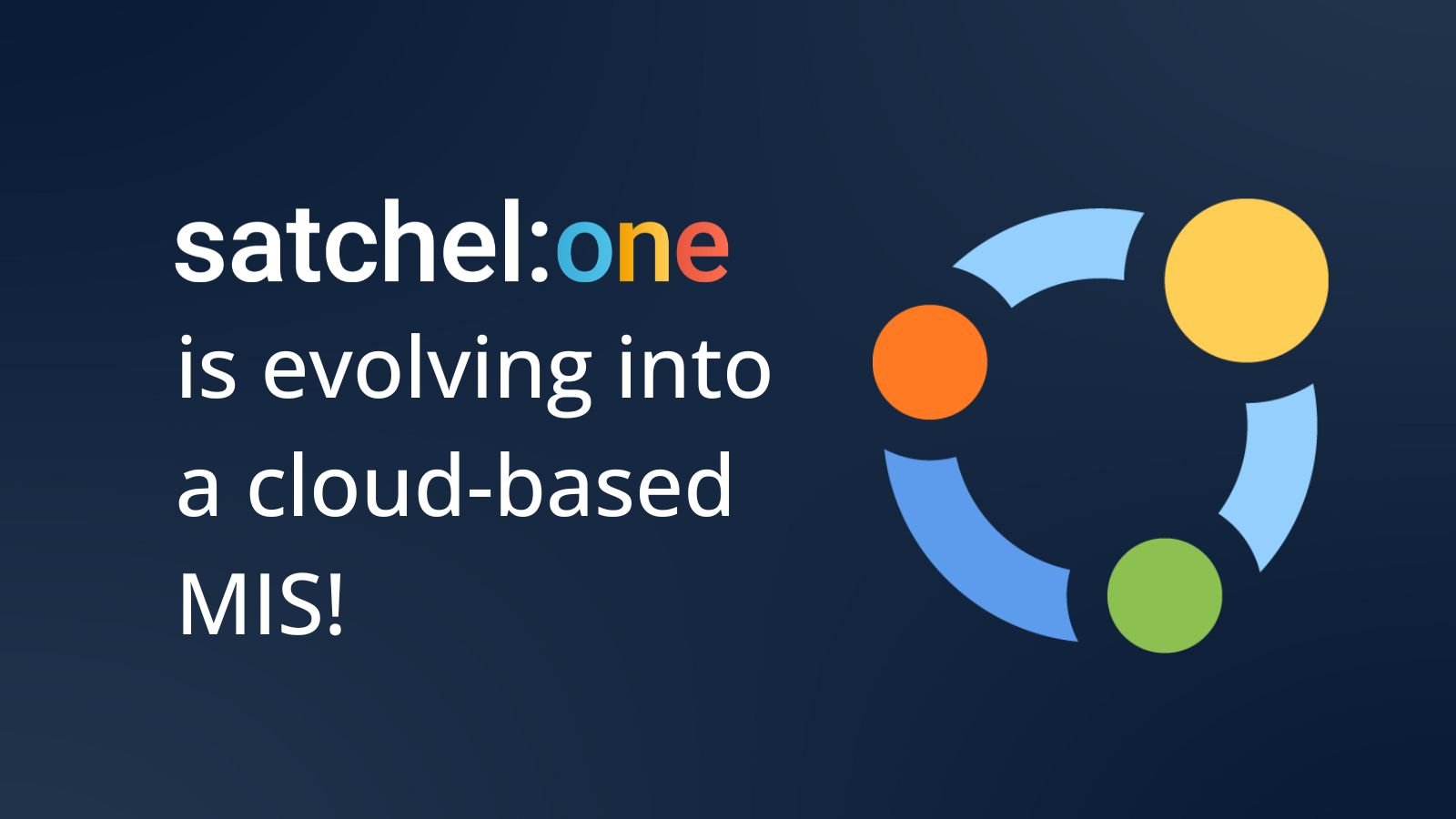Author: Antoinette Morris
Posted: 16 Mar 2023
Estimated time to read: 6 mins
Using cloud computing in education — such as a cloud-based management information system (or MIS) — can increase accessibility, boost engagement, save money, and increase security.
There’s a good chance you’re already using cloud-based tools in your school strategy, such as email, video conferencing, curriculum software or document storage systems. Increased usage of these solutions can help you modernise your classroom and set your pupils up for better learning outcomes.
Education technology is changing the post pandemic world, from improved access to virtual classes and remote learning to better security measures. The cloud removes the need for physical resources and helps create a better learning environment for students, wherever there is easy access to a secure internet connection.
Keep reading below to learn more about the benefits of cloud computing in education.
%20(1).png?width=1500&height=844&name=Blog%20thumbnail%20(tech%20in%20schools)%20(1).png)
What is cloud computing in the education sector?
Cloud computing describes delivering information technology (IT) resources on demand via the Internet. Rather than investing in and maintaining physical data centres or servers, one can access tools as needed from a cloud provider.
How is cloud computing changing schools?
Cloud computing has become particularly prevalent in schools during and after the COVID-19 pandemic. When schools shut down, and teachers were required to provide instruction remotely, they had to get creative with cloud-based tools that helped them stay connected with their pupils from afar.
The following are some of the most significant ways that cloud computing is changing the way schools throughout the UK (and the world) operate
1. Better virtual classroom environments
Learning or teaching from home is difficult enough for pupils and teachers alike. Cloud computing can help teachers connect with their students more efficiently and communicate more clearly.
Teachers can use tools like online courses to deliver content that pupils can access anytime and anywhere. They can also use management information systems to streamline administrative tasks, stay organised, and gain more time to connect with pupils directly.
2. Increased accessibility
The cloud infrastructure increases accessibility to learning resources.
The barriers of time and place are no longer issues, as teachers can deliver (and pupils can access) content at any time. Pupils can also access content from various devices, allowing them to learn on the go without always being stuck at a desk.
3. Substantial cost savings
The initial cost of some cloud computing solutions may put some people off. In the long run, though, they find that these systems cost less than traditional suppliers because they help them save time and reduce administrative costs.
The use of cloud computing is especially cost-effective for students and parents because they don’t have to worry about expensive tools or school supplies. Instead, they have everything they need on a computer, tablet, or mobile device.
4. Increase cloud security
Cloud computing is a secure alternative to conventional options. With cloud-based solutions, teachers can easily send information to pupils, parents, and administrators without worrying that messages will get lost or fall into the wrong hands.
5. Increased agility
Cloud computing contributes to a more agile and innovative classroom. When teachers aren’t limited by time, space, and other boundaries, they and their pupils have more opportunities to experiment, explore, and create.
6. Reduced hardware requirements
Using cloud computing in schools can reduce the need for expensive hardware.
Many cloud-based applications can be accessed on internet browsers (desktop and mobile), meaning pupils don’t need expensive computers to participate in courses or complete assignments. They also don’t need external storage devices because they can access free, cloud-based storage right from the device they are already using.
Frequently asked questions about education cloud computing
Do you still have questions about cloud computing in schools? Below are answers to some frequently asked questions.
How is cloud computing useful in education?
Cloud computing is helpful in education because it increases accessibility and allows for better pupil engagement. It also offers long-term cost savings and reduces the need for additional expensive equipment.
How do you use the cloud in the classroom?
Teachers can use cloud solutions in the classroom in many ways, from email apps and video conferencing software to management information systems and classroom management tools.
How many schools use cloud computing?
64% of UK schools currently use cloud computing technology in the classroom.
What are the 5 main types of cloud computing?
The five main types of cloud computing are as follows:
Public clouds: Cloud computing run by a third-party provider
Private clouds: Only one individual or business uses the cloud’s resources and storage
Hybrid clouds: Combines public and private cloud services for increased flexibility and privacy
Multi clouds: Used by organisations in the education industry that rely on multiple third-party providers
High-performance computing (HPC) clouds: Provide cloud services for high-performing applications and devices (AKA supercomputers)
How can cloud computing benefits students in secondary school?
Cloud computing benefits students in secondary school by helping them stay engaged and focused at a time when they may be burnt out or tempted to coast. Cloud based software can help secondary school students organise their schedules, keep track of their homework and communicate with their teachers.
To learn more about cloud computing in the education sector, check out these articles:
10 Reasons To Switch Your MIS To A Cloud-Based System
What Is A Cloud-Based MIS For Schools?
Use cloud computing to your advantage with Satchel One's MIS
Satchel One is expanding, adding full cloud MIS functionality to its suite of award-winning classroom management tools. Book a demo to find out more about how Satchel One could level up your school management, solve your everyday problems and consolidate your tech.


